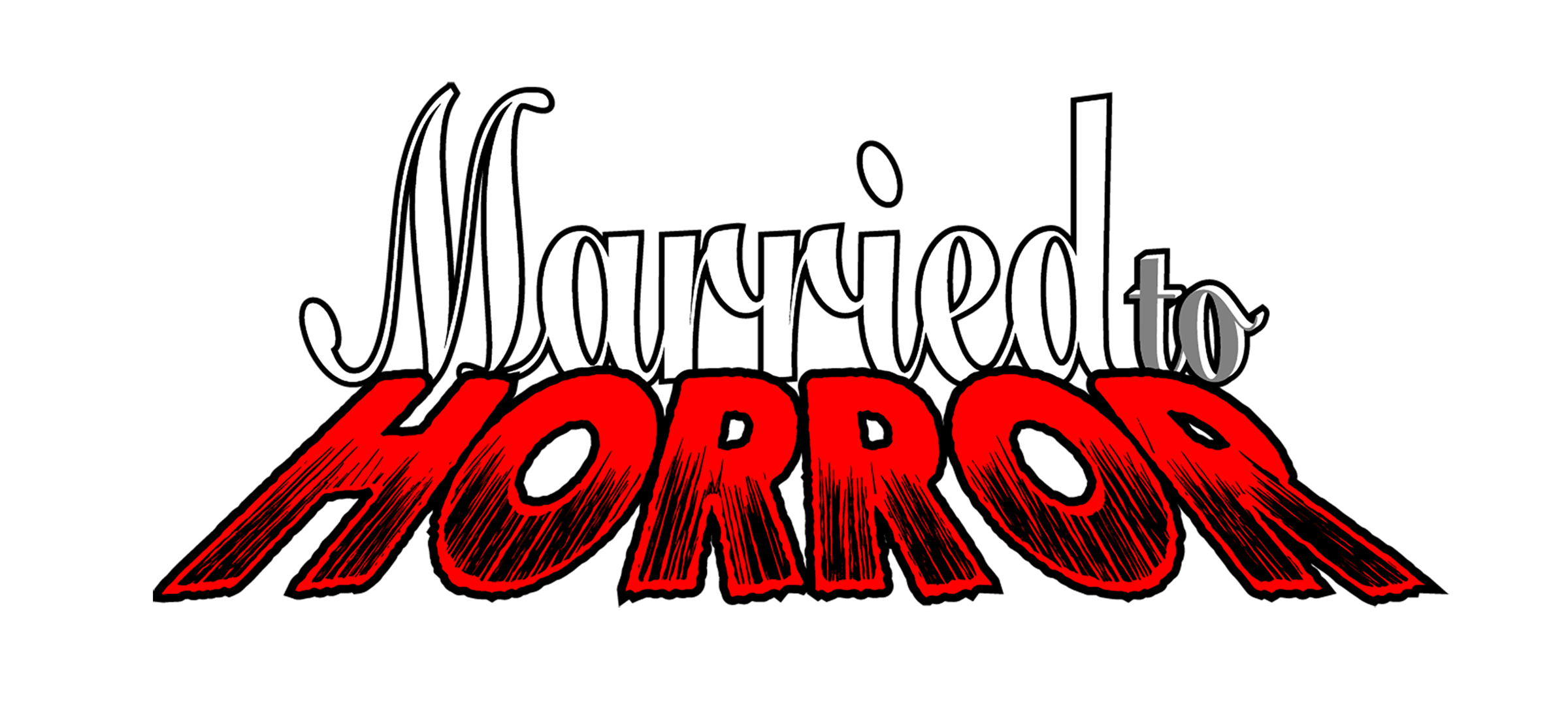The Exorcist: Overrated Horror or Psychological Masterpiece?

When I first think of The Exorcist, many thoughts enter my mind. One being, it was one of the first R-rated films I watched as a teenager. I snuck over to a friend’s house! Somehow I then proceeded to convince my friend’s mom it was okay for us to watch. How did I get away with that, you may ask? We watched it during the day when most of the evil spirits had gone to sleep.
Later in life, I started to hear some modern complaints about how the movie is ‟Not that scary”, ‟It’s too over the top”, or worst of all, ‟outdated”. Upon hearing this, my first impression was to throw holy water on these people, to cast out their ignorance. After realizing I only had tap water at my disposal, I couldn’t help but think, ‟What’s wrong with these people? Are they right? Am I outdated?!”
In fairness, certain moments do come to mind regarding this critique, such as the infamous scenes when Regan MacNeil has a case of the corkscrew head, green vomit, stab herself in the “you know where” with a crucifix, which you could argue aren’t exactly flu symptoms. Still, there is so much more to this horror story than is typically observed upon the first viewing.
After noticing an unsettling divide growing between the horror masses, I would like to take this opportunity to write why I still find this movie not only relevant but deserving its rightful place in the pantheon of classic horror films.

If you think The Exorcist is just another carnival ride of endless doors that lead to nowhere, think again! I’m not even going to get into detail about the creepy stuff that happened behind the scenes of the movie. Well, maybe a little…like the whole set burning down, Linda Blair getting death threats, and nine people’s deaths being linked to the film!
Instead, I’m going to get practical here and unveil techniques the movie used, not just to disturb audiences worldwide but ended up becoming catalysts of inspiration for many subsequent horror films since.
Reason #1: An Emphasis on Realism
Realism and Demonic Possession? What madness doth thou speak?!
If you study The Exorcist film, you’ll realize that Director William Friedkin wasn’t going for cheap tricks. Also, keep in mind Friedkin had a background in making documentary films before making The Exorcist, so, despite the paranormal context, he approached this film as if it were a legitimate subject.
From a historical standpoint, early in the first act, we see Father Merrin conducting an archeological dig in Hatra, Northern Iraq, a real place where he comes across a strange artifact of a statue of the demon Pazuzu. No, not the musical instrument we played in Elementary School! Pazuzu is a demon of legendary lore! Well, as authentic as ancient historical texts describe.



Pazuzu was the infamous boogeyman of ancient Mesopotamia but with two legs, human arms ending in claws, two pairs of wings, a scorpion’s tail, a horned and bearded head with bulging eyes, and a snarling canine mouth. Amulets with the likeness of his head were common in the early first millennium B.C.
The realism of the film applied to the production as well. During the showdown between Merrin, Karras, and Regan’s ‟Captain Howdy”, Friedkin would turn the whole set down to sub-freezing temperatures just to get the effect of cold breath emitting from the actor’s mouths. That’s what I call practical effects!
When Pazuzu decides to use Regan’s hand to slap her own mother to the ground, Friedkin had a wire harness tied to actress Ellen Burstyn that jerked her to the ground so suddenly that she permanently injured her spine.
Is Friedkin a mad man? Yeah, pretty much. But from a visual standpoint, everything you see on screen is real.
Reason #2 – Setting the Tone



Many modern horror films will start right out of the gate with some sort of jump scare. Something shocking because you need a ‘hook’ to get people’s attention. However, this is like someone walking up to you, kicking you in the crotch just to ask you for directions. It’s not entirely necessary. It takes way more craft to start off with a subtle, albeit uneasy tone and build from there.
In the film’s opening, we feel the anxiety of Merrin as he deals with his blood pressure medication. While he sees the ironworkers, it’s revealed that a strange-looking eye is staring right at him. Before leaving Iraq, he goes into the office to meet his Jesuit colleague. There he notices the clock on the wall stop by itself, possibly suggesting that his time is up.
Even before Regan starts looking like she is in dire need of a dermatologist, we see eerie close-ups of her face staring into nothingness. This is all creepy imagery that is subtle and not over the top, yet keeps us guessing.
What really keeps audiences hooked in the film is the building up of a tone. In The Exorcist, the question proposed throughout the first half of the film is, ‟Is Regan suffering from a psychological issue or something more nefarious?” It’s this question that sets up the tension for the second half of the movie.
Reason #3 – The Psychological Factor

Some people critique The Exorcist as not being scary due to their non-belief in spiritual forces, but I would argue the film is just as much of a psychological roller coaster as it is a spiritual one.
Much like Regan’s possessor, the movie’s sound design is profoundly psychological. It is engineered to creep into your subconscious and live there like squatters in your imagination. Then there are the creepy visuals, such as the messed up pale-faced demon that subliminally flashes as Chris flips the lights on. Then there are the spooky rat sounds Ellen Burstyn hears from the attic and the sounds of the demon speaking through Regan outside her bedroom. And let’s not forget the creepy spider-walk down the stairs, that um, you can hear first…


About mid-way through the movie, there’s even a murder mystery sub-plot where Lt. Kinderman starts sniffing around to find out who murdered Dennings in such a ghastly way. As he continues to pick up clues, we discover that Regan’s head spinning around is actually a reference to how Dennings was killed, not just a ‘ridiculous’ moment made to shock the audience.
Even Father Karras is a clinical psychiatrist, tying religion and science into one character. Still, when Karras talks to Regan, the demon within reveals information no one else would know, thus creating a scenario where a malicious beast is playing psychological games with its opponent.
Reason #4 – A Battle with Faith
One of my favorite components of The Exorcist that makes this movie work so well for me is about Father Karras and his ongoing moral dilemma. He is a priest, but the fact that he struggles with his own faith makes his character that much more believable. He also used to be a boxer showing that he has a “fighting spirit”. With a haunting past, he is faced with disturbing visions of his mother in his own personal psychological hell. This is what makes the story that much more gosh darn heart-wrenching.
What Karras does, in the end, (spoiler alert) is beautiful. He ends up saving Regan by volunteering himself to have the demon possess him instead, “Take me!”. What is so poignant about this is Karras never really met Regan, not the true Regan. He only met her possessed but chose to save a girl he never really knew, despite struggling with his own faith. In a way, that became his own saving grace. That is the crux of the film’s message.
Reason #5 – The Cultural Impact

Outside of the story itself, the way this film impacted movie culture and society at large is unprecedented. Billy Graham preached that the movie was cursed. Paramedics showed up to movie screenings due to patrons passing out and suffering from hysteria. They had barf bags in theaters for people with weak stomachs! The frenzy would inspire more demonic possession movies to follow the film’s release.
Say what you will about its believability or lack thereof. The fact that some people couldn’t even watch the film or were running out of theaters attests to its psychological effects. The fact that The Exorcist was the first horror film to be nominated for an Academy Award for Best Picture should say something about its artistic merits.
If you do decide to give The Exorcist a second or even first chance, make sure you watch ‘The Version You’ve Never Seen,’ after midnight, by yourself…but don’t mess with the Ouija Board…
Curious about the reception of The Exorcist when it was first released? Watch this astonishing video documenting the reaction to this blockbuster hit!
Take a look at our Halloween content in the Seasonal section! You can also find more general Married to Horror selections in our recommendations and List Section! Also, take a peek at our Master Watch List; where you can find an array of horror films sorted by title, platform, rating, and more!
Do you have a favorite video that we missed? Comment below or email us at contact@marriedtohorror.com! You can also follow our Facebook group Married to Horror and follow us on Twitter and Instagram @marriedtohorror.











